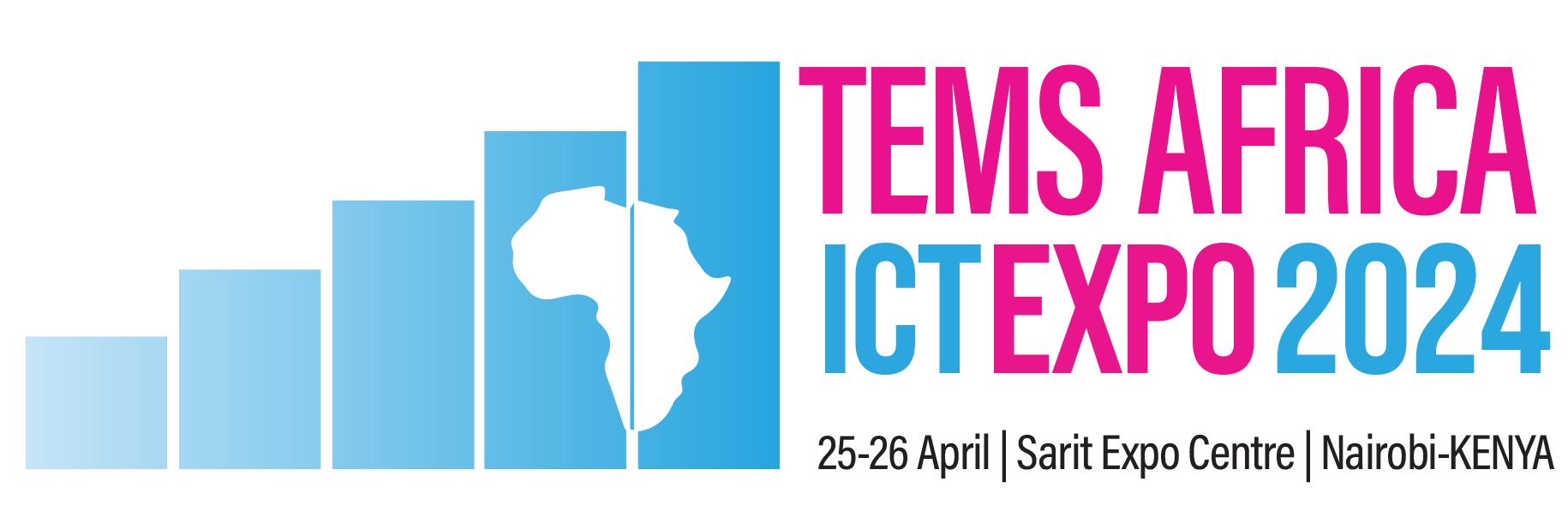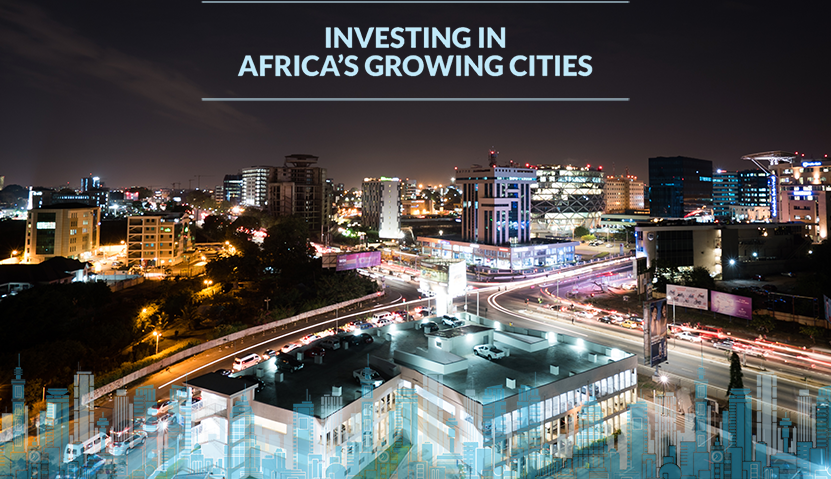Navigating the Horizon: The Future of Internet Infrastructure in East Africa
Title: Navigating the Horizon: The Future of Internet Infrastructure in East Africa
Introduction:
East Africa stands at the cusp of a digital revolution, poised to leverage internet connectivity as a catalyst for economic growth, social development, and regional integration. As the region embraces digitalization, the future of internet infrastructure holds immense significance, shaping the trajectory of innovation, connectivity, and inclusion. This article explores the evolving landscape of internet infrastructure in East Africa, examining key trends, challenges, and opportunities that lie ahead.
1. Expansion of Fiber Optic Networks:
Fiber optic networks form the backbone of internet infrastructure in East Africa, facilitating high-speed connectivity and data transmission. The future of internet infrastructure in the region hinges on the continued expansion and densification of fiber optic networks, extending connectivity to underserved areas and enhancing interconnectivity between countries. Investments in submarine cables, terrestrial fiber routes, and last-mile connectivity initiatives are crucial to bridge the digital divide and unlock the full potential of digital economies in East Africa.
2. Embrace of 5G Technology:
The advent of 5G technology heralds a new era of connectivity, offering unprecedented speed, capacity, and low latency for mobile broadband services. East Africa is poised to embrace 5G technology, capitalizing on its potential to support emerging applications such as Internet of Things (IoT), augmented reality, and smart cities. However, the deployment of 5G networks in the region requires substantial investments in infrastructure, spectrum allocation, and regulatory frameworks to ensure equitable access and maximize socio-economic benefits.
3. Integration of Satellite Internet:
Satellite internet technologies, exemplified by initiatives such as SpaceX’s Starlink, present a promising solution to address connectivity challenges in remote and rural areas of East Africa. The integration of satellite internet into the region’s internet infrastructure ecosystem can extend broadband coverage to underserved communities, facilitate disaster resilience, and support applications such as telemedicine, precision agriculture, and distance learning. However, affordability, latency, and regulatory considerations pose challenges to the widespread adoption of satellite internet in East Africa, necessitating collaboration between public and private stakeholders to overcome barriers.
4. Digital Infrastructure Resilience:
Ensuring the resilience and reliability of digital infrastructure is paramount to mitigating risks posed by natural disasters, cyber threats, and disruptions to connectivity. East Africa must invest in robust cybersecurity measures, disaster recovery strategies, and infrastructure redundancy to safeguard critical internet infrastructure and minimize service disruptions. Moreover, enhancing cross-border cooperation and information sharing mechanisms is essential to address transnational cybersecurity challenges and foster a secure digital ecosystem in the region.
5. Promoting Digital Inclusion and Access:
The future of internet infrastructure in East Africa must prioritize digital inclusion and equitable access, ensuring that all segments of society, including marginalized communities and rural populations, can harness the benefits of connectivity. Initiatives such as community networks, public Wi-Fi hotspots, and subsidized internet programs can bridge the digital divide, empower grassroots innovation, and foster socio-economic development. Moreover, investments in digital literacy programs, content localization, and multilingual internet services are essential to overcome linguistic and cultural barriers to adoption.
Conclusion:
The future of internet infrastructure in East Africa is characterized by rapid technological advancements, transformative opportunities, and complex challenges. By embracing innovation, fostering collaboration, and prioritizing digital inclusion, the region can harness the power of connectivity to drive economic prosperity, social empowerment, and sustainable development. As East Africa navigates the horizon of internet infrastructure, strategic investments, regulatory reforms, and cross-sector partnerships will be essential to realize the vision of a connected, resilient, and inclusive digital future.


